Ash as fertilizer: composition and application
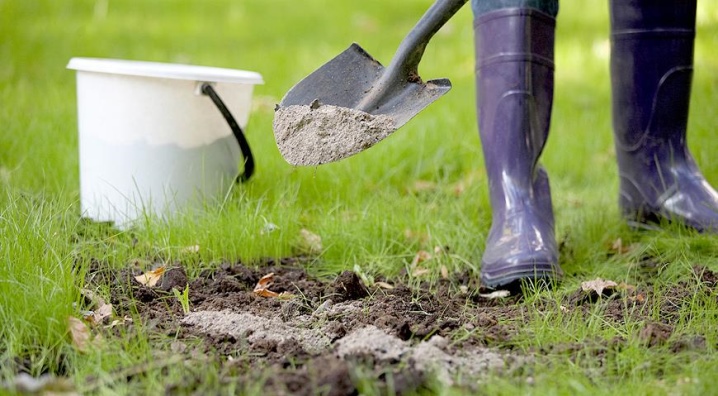
Many have garden plots where they can grow various crops. However, in order to get a crop, it is necessary to take care of the soil, to provide the necessary conditions. For this, various aids are available, including fertilizers. Ash is considered one of the most affordable and effective options, which is suitable for use on various types of soil. First you need to decide what exactly you are going to plant, study the proportions of fertilizer and prepare it yourself, which will not take much time.
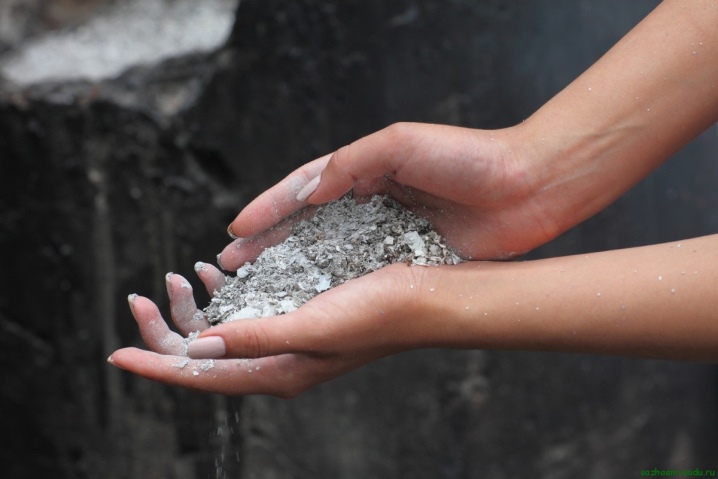
Composition
For good yields, it is necessary to create optimal conditions; you cannot rely on chance and think that crops can be grown on any site. Those who work in the agricultural industry know how important it is to fertilize the land so that it provides nutrients to the plants. There are many different products on the market today with similar characteristics. However, one can name the most budgetary fertilizer that has been used for many years. We are talking about ash, which contains more than thirty minerals that help plants develop properly.
The main task is to neutralize the acidity of the soil and prevent the destruction of future crops by pests.

Ash easily loosens the soil so that the root system of plants develops without problems. This natural fertilizer is based on organic matter. During the burning of vegetation, taking into account its varieties and other characteristics, the composition of the fertilizer elements can be changed. However, you can name the general indicators that are available in any organic matter. The main components of ash are Ca, K, Mg, Na. Plants without these elements do not bear fruit, and ash will allow the earth to be saturated with such necessary substances. For example, calcium carbonate is needed to metabolize and accelerate tissue growth. The remedy will be useful for flowering plants. Calcium silicate helps in the absorption of vitamins.

For the growth of vegetable and fruit crops, an important component is calcium chloride, which is found in ash. Thanks to it, enzymes are formed that promote photosynthesis and the transport of nutrients. In addition, winter hardiness will be increased, and immunity to diseases and the formation of rot will be strengthened. All trace elements that are in ash help to protect against negative environmental influences, improve the condition of the soil and have a positive effect on the development of plants.
The fertilizer is organic, because the raw materials are natural.
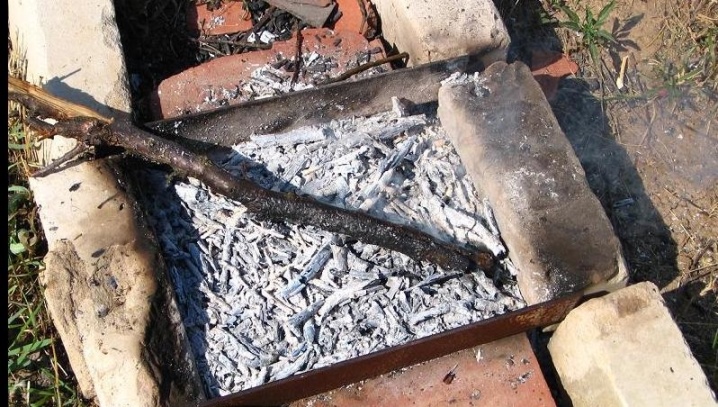
Benefit and harm
Ash serves as a potash agent, which is extremely important for earth with a neutral or acidic indicator. The soil structure will be improved if the auxiliary product is used correctly. It is important to create ideal conditions for plants and the development of microorganisms, to strengthen the growth of the stem in order to get good fruits as a result. When wood ash is applied, the root system becomes strong, infections are not able to infect the plant so easily, the same applies to pests. Fertilizing the soil will improve its properties, water balance, and also increase frost resistance, which has a positive effect on productivity.
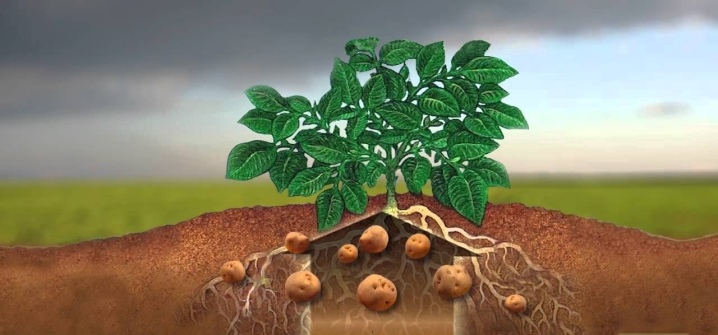
With regard to the harmful effects of ash, it is important to study this issue in order to properly apply fertilizer. For example, it cannot be used on crops that need to be grown in acidic soil. For radishes, radishes and turnips, fertilizer will not work, the root crop will not become larger. Ash will stop the growth of azaleas, camellias and other similar plants, therefore, in this case, it is dangerous.
Ash should not be used on clayey and alkaline soil. In an alkaline environment, vegetation will not develop and produce crops. Therefore, the best solution would be to add a product to neutralize the negative conditions. This, in turn, will create a favorable atmosphere for planting your favorite plants, be it flowers, vegetables or berries.
It is not recommended to practice mixing ash with other additives without knowing the correct proportions.

Species overview
There are several types of ash, which are prepared from certain ingredients. Vegetable, woody and coal, each with its own characteristics, advantages, features and purpose.
Plant ash is presented in the form of a gray powder and belongs to the category of potash-phosphorus fertilizers. It contains a lot of K, Ca, P. This remedy can be easily called effective and complex. Allows to provide good nutrition to plants and reduces the acidity of the soil. Therefore, if it is necessary to improve the development of crops on acidic soil, plant ash is often used in agriculture.
It can be used as an additive during the cultivation of vegetable seedlings and flowers. As for the proportions, it all depends on the acidity of the earth. Experts say that ash does an excellent job of protecting against pests. It is a prophylactic agent, thanks to which the plants will not succumb to diseases.

Wood ash is also used in high pH soils. It performs the task of potassium and phosphorus nutrition at the same time. but not all wood is suitable for preparing such ash. If the material was stainable, chemically treated or varnished, it is not recommended to use it, as it contains toxins. Fertilizer must be prepared from untreated tree species, straw, old grass and branches are also suitable. Such a natural remedy has trace elements necessary for the soil. The main task is to strengthen the structure of the plant, increase immunity and give high yields, protecting against pests. Plants easily absorb nutrients from such soil.
Wood ash does not contain chlorine, so it can be used for almost all crops.
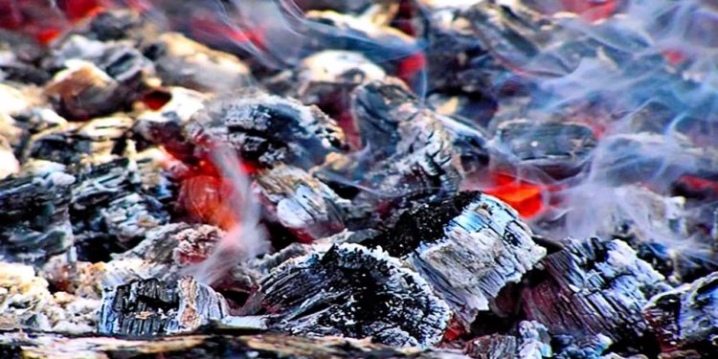
Coal fertilizer is produced by burning bituminous coal, which is where the name comes from. The proportions of the chemical composition differ from the previous types of ash. One of the important components is calcium, which plays an important role in the development of plants. It promotes the active growth of young crops, strengthens the root system, and other useful substances are absorbed through it.
Potassium is extremely necessary for plants, because it is contained in the cell sap, therefore it affects photosynthesis and carbohydrate metabolism. Phosphorus feeds the sprouts, and the degree of maturity of crops depends on it. Coal ash contains magnesium and sodium.


What plants can be fertilized?
Many plants need fertilization, and some of them are especially fond of ash. That's why chemicals can be substituted with such a natural remedy for amazing results. Of course, before you start fertilizing the soil, you need to decide which crops or flowers will be planted, because this affects the proportions and preparation of the soil.
If it is necessary to create optimal conditions for sowing cucumbers, squash and squash, a glass of wood ash is used when digging. Two tablespoons in the hole will be enough to plant the seedlings.
Often it is necessary to additionally fertilize the soil, therefore, when watering, a glass of ash is also used per square meter.
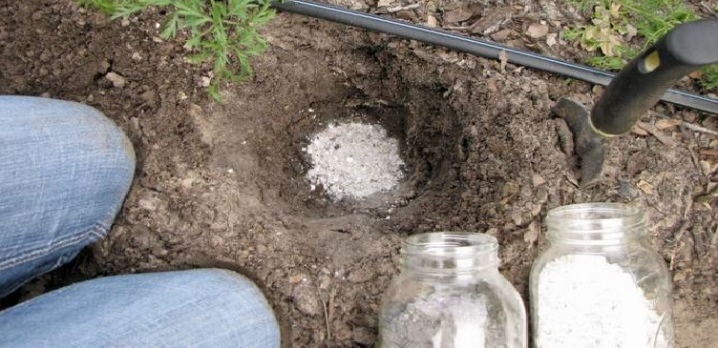
Tomatoes, peppers and eggplants are in great demand in summer cottages and vegetable gardens. And if the soil is not as useful as we would like, a handful of fertilizer needs to be added to the hole, and soon the result will be noticeable. As for cabbage, regardless of its variety, two glasses per square meter during digging will be just right. The same amount is suitable for sowing greens.
Potatoes are the main vegetable that many grow on their plots. To preserve the root crop in the winter, it will be useful to sprinkle it with ash, after sifting it. This will prevent crop rot. Top dressing of grapes is carried out several times a season. In the evening, the leaves must be treated with an infusion of ash. To prepare it, you need a kilogram of fertilizer and three buckets of water. Dissolve ash and add more water just before spraying.
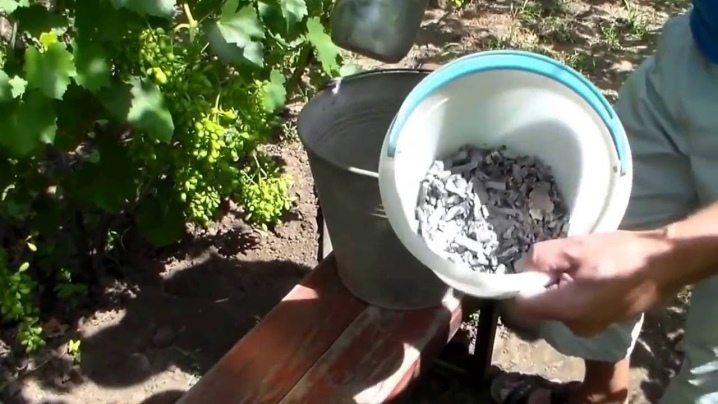
For home flowers, fertilizer will also be a useful addition. Indoor flowers can be watered with a solution of ash and water every three months. When it comes to roses growing in the garden, wood ash, which is used in the fall to normalize the acidity of the soil, is suitable. In the second year of life, flowers need to be fed in spring, for this 100 g of ash is diluted with 10 liters of water. Often, experts spray fertilizer onto the leaves and during planting add a kilogram of ash to the pit, which is pre-mixed with the soil itself.
A handful of fertilizer in the hole will be enough for the strawberry to bear fruit well.
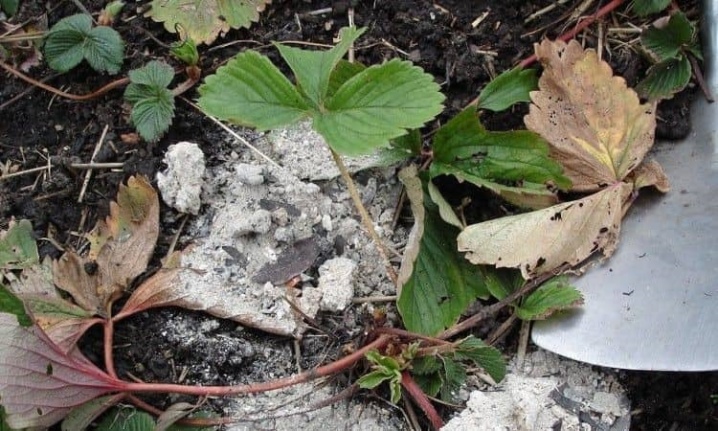
If you are interested in fruit trees, it is necessary to apply ash to the trunks every few years, alternating the ash infusion with other natural fertilizers. Berry bushes (raspberries, currants, gooseberries) will bear more fruit if 500 g of ash mixed with earth is applied at planting.
Many gardeners use the infusion as an organic stimulant that can help the seeds to actively germinate. To get this result, you need to moisten any cloth with a mixture of ash, wrap the seeds in it and hold it for half a day. Then dry the contents and send to the soil. Wood ash contains elements that lose their properties and strength from moisture, therefore it is important to create dry conditions until the fertilizer is applied to the soil.

How to get ash
The product can be obtained wherever there is vegetation, there is grass, and in the spring you can find deposits of straw, old branches and other remnants of vegetation. It is necessary to prepare the material in stages. Before the onset of winter, wood waste, dried trunks, shrubs, leaves, plant stems, dry brushwood, sawdust are collected.
Burning should be done in favorable weather, while it is important to observe safety measures and not to use toxic waste.
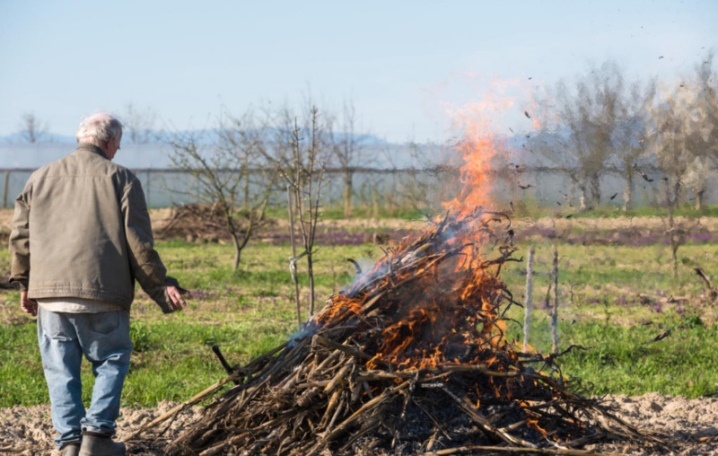
It is important to collect raw materials in one place with a slide and light a fire. Everything should burn to the ground, while you need to make sure that the wind does not scatter the ash. Dry weather is required, as increased moisture, rain and snow will completely ruin the future fertilizer.
That's why many gardeners burn in iron barrels to get quality plant and wood material for further use. For storage, a closed box with a sealed lid is suitable, which must be kept either in a dry garage or in another room where it will not be damp.
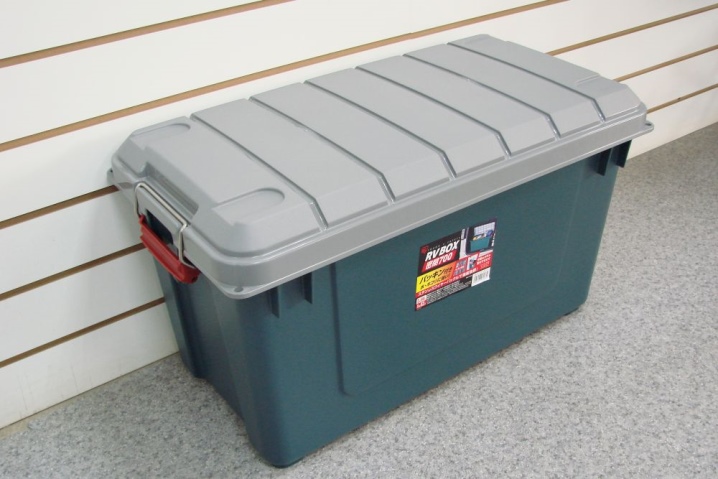
How to use fertilizer
The soil absorbs ash very well, in contrast to synthetic substances. However, there are certain rules for use that must be followed in order to do everything effectively.
- Fertilizer is applied several times depending on the type of soil and crop varieties.
- Digging the beds is carried out in spring and autumn, so about five hundred grams of ash will be needed per square meter.If we are talking about potatoes, strawberries, tomatoes and other vegetables that are relevant in our regions, a handful is poured into a hole with humus and mixed with the soil.
- To process radish beds, together with fertilizer, it is necessary to mix tobacco dust in equal proportions.
- Cabbage will require regular ash pollination every week until the crop is ripe.
- Ash is easily blown by the wind, so it is better to bring it in before loosening the earth itself, and then cover it with mulch.
- Infusions made from natural fertilizers actively protect plants from aphids. You can process cucumbers and cabbage with a glass of ash, a tablespoon of urea and one hundred grams of regular soap in a ten-liter bucket of water. The solution is infused for two days, after which it can be used as a sprayer.
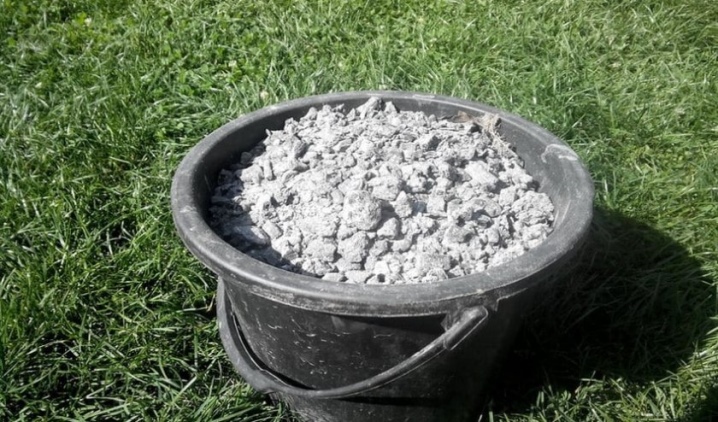
Recommendations
If you have made the decision to actively grow crops and have long dreamed of your own garden, a few useful rules will help you succeed in this activity. If the soil does not differ in quality, this is not a big deal, because you can resort to fertilizers that do an excellent job with the task. With such aids, the soil will become favorable and you will get a fertile soil. The use of ash will nourish the earth with useful substances and microelements that allow plants to develop correctly and actively.
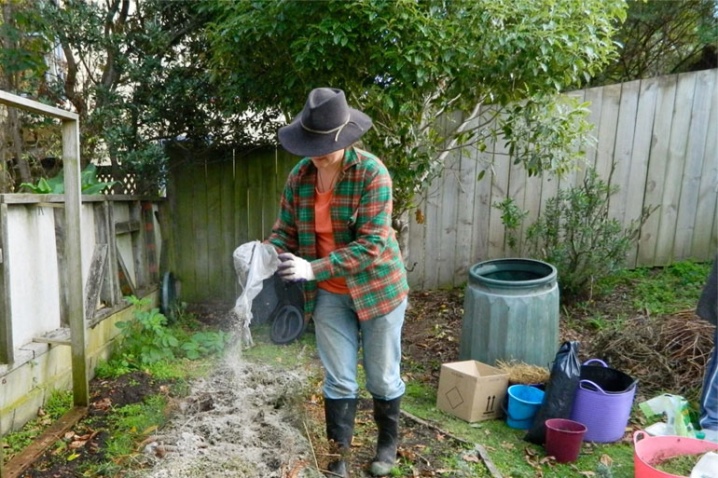
but it is worth noting that ash should not be mixed with lime and superphosphate, because this will worsen the performance of the soil. In combination with manure, fertilization leads to chemical reactions that have a destructive effect on the components required for the development of crops. As mentioned above, ash is a dusty product, therefore it is recommended to apply it to the soil in calm weather. Spraying with ash will protect potatoes, beets and other root crops from fungal diseases, and plant leaves will become resistant to pests.
See the video for the features of using ash as fertilizer.













The comment was sent successfully.